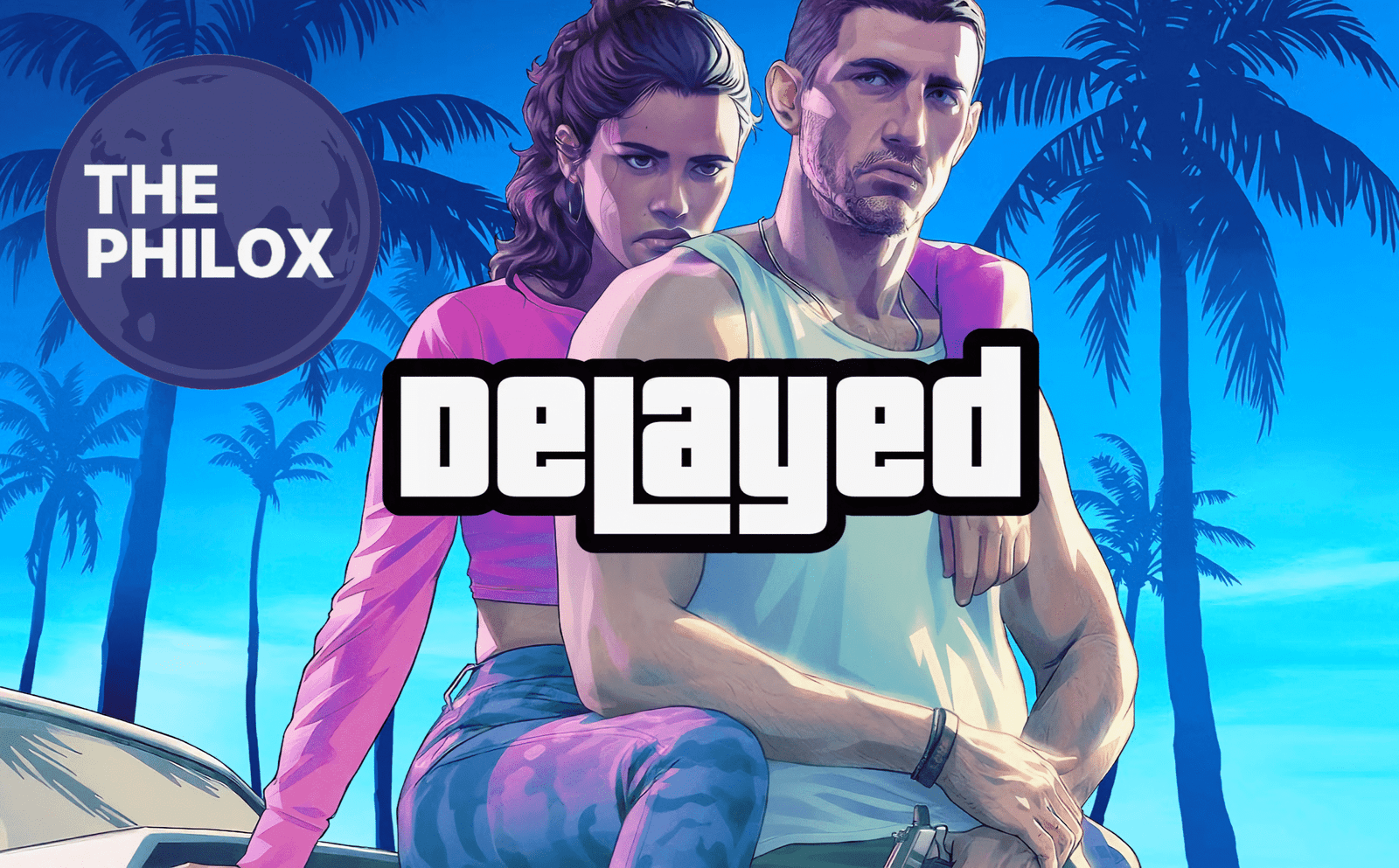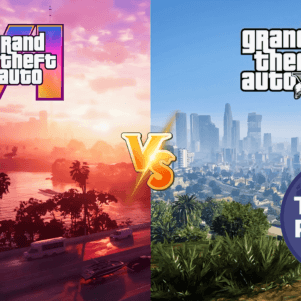
1. The Burden of Expectations
The pressure on Rockstar to surpass itself has been tremendous ever since GTA V broke records and changed the gaming scene with its huge open world, complex plot, and immersive gameplay.
Having more than ten years between mainline releases, excitement for GTA 6 has gotten rather high.
Still, this thrills have raised expectations as well. Fans want not only small but also revolutionary breakthroughs. Rockstar is creating a successor who has to revolutionize the genre once more, not only a sequel.
2. A jump in complexity and scale
Various internal development reports and leaks indicate that GTA 6 is expected to have an even bigger,
more dynamic world than its predecessor—rumored to include multiple cities, dense environments, changing weather systems, realistic NPC behaviors, and even in-game economies that change across time.
These systems need sophisticated simulation layers and flawless interactions among thousands of pieces at any one moment.
Particularly on current-generation systems, this sheer magnitude poses great performance optimization difficulties.
Developers are finding it difficult to match the technical constraints of even the most potent consoles and PCs accessible today with the idea of a live, breathing universe.
3. Consoles’ Performance Blockers
GTA 6’s aspirations seem to be testing these devices to their limits even with the power bump of current-gen consoles like the PlayStation 5 and Xbox Series X.
Frame rate consistency, asset streaming, and memory allocation have consistently troubled developers.
Potentially driven by sophisticated ray tracing techniques, the game’s procedural generating systems, AI-driven NPC behavior, and real-time lighting and reflections need on large computer resources.
One insider saw that areas of the game universe that fit perfectly in controlled situations started to lag or crash amid open-world testing conditions.
These bottlenecks call for thorough debugging, optimization runs, and occasionally system redesigns—efforts that simply cannot be hurried without sacrificing the end result.
4. The Perfectionist Culture of Rockstar
The internal ideology of Rockstar is another element for the delay. The studio is well-known for its perfectionism and for not publishing a game that falls short of its own exacting standards.
Generally speaking, this strategy has paid out. Red Dead Redemption 2 and other games like it set new industry milestones exactly since Rockstar placed quality above timelines.
Regarding GTA 6, the crew apparently deleted and modified many elements several times to fit their vision.
This iterative technique guarantees improvement but inevitably stretches the period of development. Every element—from the simplest animation to traffic responses to player decisions—is under examination.
5. Game Development Technology’s Evolution
Since the premiere of GTA V, engines and technologies for game production have changed dramatically.
Customized especially for GTA 6, Rockstar is thought to be running an improved version of its RAGE engine. This brings new obstacles even as it offers fresh chances for realism and involvement.
Modern technologies like hyper-detailed destructive environments or procedural vegetation growth call for not only raw processing capability but also time for testing, issue repair, and refinement.
Though necessary to reach Rockstar’s goals, this technological advancement has brought delays as the development team constantly pushes the envelope of what’s feasible.
6. Combining Live Service Components
Based on the great success of GTA Online, there are clear signals that GTA 6 will incorporate deeper online and live service elements right from release. Including these systems into the central single-player and multiplayer architecture is a difficult chore.

Implementing strong anti-cheat systems, guaranteeing justice and balance, and synchronizing constant world states adds layers of complexity absent in previous GTA games at release.
Furthermore, Rockstar is eager to provide a flawless flow between offline and online experiences, which calls for consistent architecture, backend infrastructure, and thorough testing to guarantee scalability and reliability.
7. Practical Effects of COVID-19 and Remote Work
Although growth started before the epidemic, the worldwide disturbance brought about by COVID-19 nonetheless had long-lasting consequences.
Moving to remote work resulted in coordination problems, motion capture delays, voice recording sessions, and general teamwork difficulties.
The lingering effects show up as productivity lags and delayed pipelines even after teams have returned to hybrid methods.
Like many companies, Rockstar had to rethink plans and give development milestones top priority.
Originally scheduled for release, several elements could now be shifted to post-launch DLCs or upgrades, therefore altering the whole chronology.
8. Strategic marketing and financial timing
Although technical causes control most of the delay, strategic factors also influence it. Parent firm Take-Two Interactive from Rockstar is quite conscious of budgetary planning and market cycles.
Not only for sales success but also for stockholder confidence and long-term franchise management, releasing a game the scope of GTA 6 at the proper moment is vital.
Delaying to 2026 fits expected console renewal cycles and might expand the install base for next-generation systems, therefore guaranteeing a larger initial audience.
Rockstar probably sees this as a chance to maximize impact and income, hence the delay is both a strategic and a creative one as well as an economic move.
9. Fan Responses and Social Expectations in Communities
Not unexpectedly, the delay has caused conflicting responses among supporters. Although some people show annoyance after waiting longer than ten years, many others see the need of giving extra time to provide a polished, fault-free experience.
Rushed releases have had negative effects on the business ranging from game-breaking flaws to bad critical reaction.
Knowing this, Rockstar appears dedicated to avoiding those traps, even if it means short-term disappointing of fans.
The studio’s lack of comprehensive advertising material or significant gameplay footage points to their concentration more on refining than hype cycles at this point.
Though less ostentatious, this controlled approach shows a want to express through quality rather than quantity.
10. The Long Game: Reasons the Wait Might Be Worth It
In the big picture, a delay could be a nominal cost for a game that might define the standard for open-world architecture for the next ten years.
GTA 6 hopes to be more than just another sequel with innovative AI algorithms, hyper-realistic visuals, and unheard-of interactivity—it wants to be a cultural event.
Should Rockstar live up to half of what is expected, GTA 6 might redefine virtual environments, player freedom, and immersive narrative going forward.
In that regard, the waiting till 2026 could not only be reasonable but also necessary.
In essence
GTA 6’s delay to 2026 is evidence of Rockstar’s ambition and dedication to greatness rather than of problems.

The studio has decided to take the time it need between technical overhauls, performance problems, and the goal to provide a really next-generation experience instead of rushing to market.
This patience may finally produce a masterwork that establishes a new gold standard for what games can do for both enthusiasts and the gaming business.









